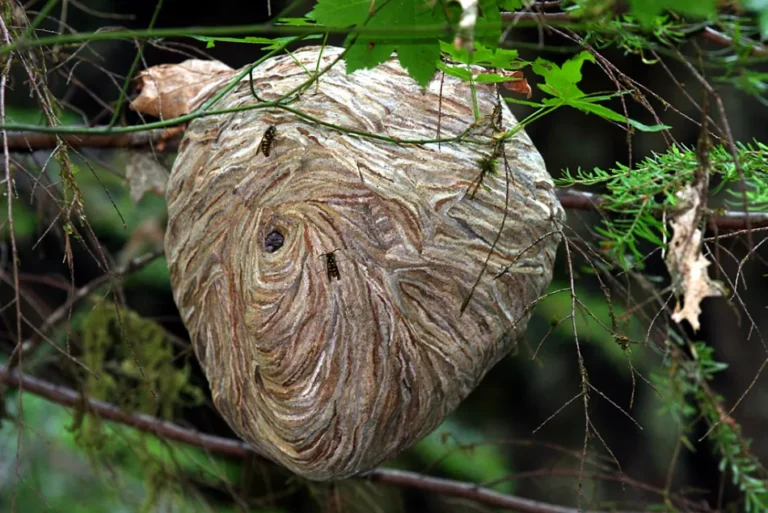Blue flies buzzing around your property can be both annoying and unsanitary. Not only do they disturb your peace, but they also pose a risk of spreading bacteria and disease. If you’re tired of dealing with these pesky insects, there’s a strategic solution that might surprise you – decoy wasp nests.
In this blog post, we will explore the phenomenon of blue flies, understand the benefits of using decoy wasp nests, and discover how this eco-friendly method can help keep blue flies away from your home and outdoor spaces.
Understanding Blue Flies
Blue flies, also known as bottle flies or blow flies, are a common sight in many areas. They typically have a metallic blue or green color and are attracted to decaying matter, including garbage, feces, and dead animals. Blue flies are known for their quick breeding cycle, making them a persistent nuisance during warmer months when conditions are favorable for their reproduction.
The Challenges of Blue Fly Infestations
Blue flies not only annoy but also pose health risks. They can contaminate food surfaces and transmit diseases, making them a concern for both residential and commercial environments. Traditional methods such as fly swatters, insecticides, or sticky fly traps may provide temporary relief, but they are not always effective in eliminating the problem.
Decoy Wasp Nests: A Strategic Solution
Decoy wasp nests have emerged as a sustainable and natural solution to deter blue flies. But why would decoy wasp nests scare away blue flies? It all comes down to territorial behavior. Wasps are known to be territorial creatures and will defend their nests against potential threats, including other flying insects like blue flies. When blue flies detect a nearby wasp nest, they perceive it as a potential threat and will avoid the area, reducing the chances of an infestation.
The Benefits of Decoy Wasp Nests
- Eco-Friendly Solution
Decoy wasp nests offer a natural and eco-friendly solution to deter blue flies without the use of harmful chemicals or pesticides. They mimic the appearance of real wasp nests, fooling blue flies into thinking that a threat is present. - Cost-Effective
Decoy wasp nests are cost-effective alternatives to traditional fly control methods. They are reusable and require minimal maintenance, making them a long-term investment against blue fly infestations. - Versatility and Outdoor Use
Decoy wasp nests are available in various designs and sizes, allowing you to strategically place them both indoors and outdoors. Hang them in gardens, patios, or near garbage bins to create a perimeter of protection against blue flies. - Natural Aesthetic
In addition to their functional benefits, decoy wasp nests can also enhance the aesthetic appeal of your outdoor spaces. Their natural look blends well with garden surroundings and can serve as a decorative element.
Tips for Using Decoy Wasp Nests Effectively
To maximize the effectiveness of decoy wasp nests in deterring blue flies, consider the following tips:
- Strategic Placement
Hang the decoy wasp nests in areas where blue flies are frequently spotted or near potential fly breeding grounds, such as garbage cans or compost bins. - Regular Movement
Blue flies are observant creatures, so periodically rotate the position of the decoy wasp nests around your property. This prevents the flies from becoming familiar with the fixed location and ensures continuous deterrence. - Maintenance
Inspect the decoy wasp nests regularly to ensure they remain intact and undamaged. Clean them as needed to maintain their realistic appearance.
Conclusion
If you’re tired of battling blue fly infestations and want an effective and eco-friendly solution, decoy wasp nests are worth considering. By mimicking the presence of territorial wasps, these decoy nests play a strategic role in deterring blue flies from inhabiting your property.
With their cost-effectiveness, versatility, and natural aesthetic, decoy wasp nests offer a long-term solution to keep blue flies at bay while creating a more pleasant environment for you and your family. Try this innovative approach and experience the benefits of a fly-free space without compromising the well-being of your surroundings.

